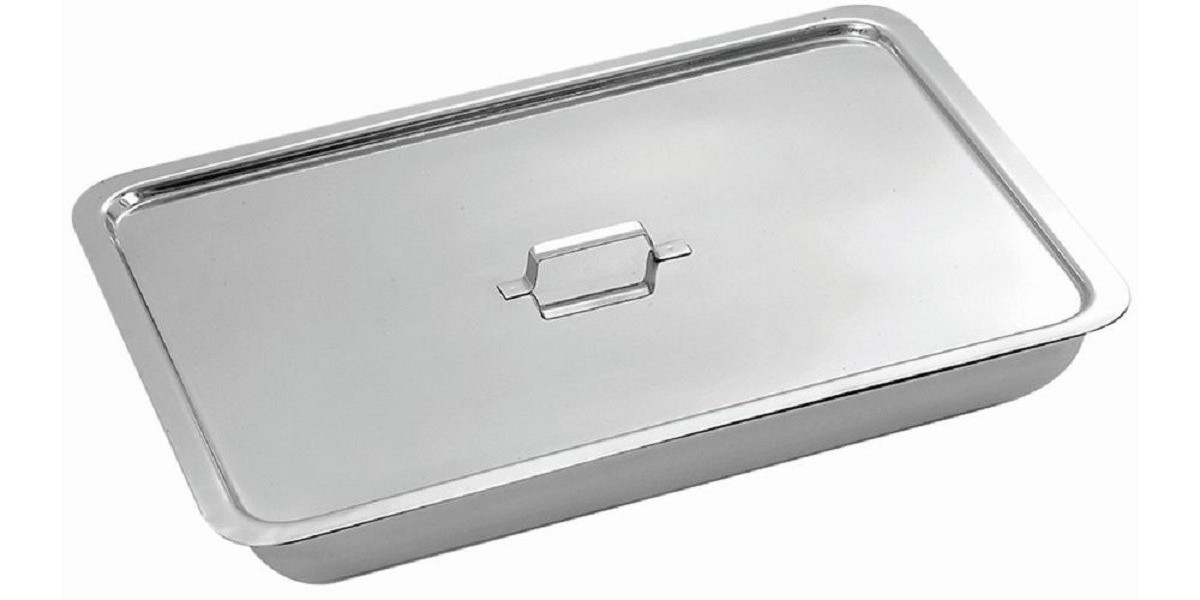In any surgical setting, efficiency and precision are paramount. One often-overlooked aspect of achieving these goals is the organization of the instruments tray. A well-organized tray not only saves time but also minimizes the risk of errors during a procedure. In this article, we will explore the best practices for organizing surgical instruments trays to enhance surgical precision.
Understanding the Importance of Organization
Before delving into specific techniques, it's crucial to understand why instrument tray organization matters. A cluttered or disorganized tray can lead to confusion and delays during surgery. Surgeons and their assistants rely heavily on muscle memory and quick access to instruments. Any deviation from this familiar setup can disrupt the flow of the procedure and increase the likelihood of errors.
Categorization and Segregation
One of the foundational principles of instrument tray organization is categorization. Instruments should be grouped together based on their function or usage. For example, all cutting instruments such as scalpels and scissors should be grouped together, while grasping and holding instruments like forceps should be in another section.
Within each category, further segregation can be beneficial. For instance, separating instruments by size or type can make it easier to locate specific tools quickly. Additionally, color-coding or labeling can aid in identification, especially in high-stress situations where every second counts.
Consideration of Procedure
The organization of the instruments tray should also be tailored to the specific procedure being performed. Different surgeries require different sets of instruments, and arranging the tray according to the anticipated steps of the procedure can streamline workflow.
For example, in a cardiac surgery, instruments necessary for accessing the chest cavity and performing sternotomy should be readily accessible at the beginning of the tray, followed by instruments for vessel manipulation and suturing. By arranging the tray in this sequence, surgical teams can minimize unnecessary movement and focus on the task at hand.
Ergonomics and Accessibility
In addition to categorization and procedure-specific arrangement, ergonomics play a crucial role in instrument tray organization. Instruments that are frequently used together should be placed close to each other to reduce reaching and stretching movements, which can lead to fatigue and increase the risk of musculoskeletal injuries.
Moreover, considering the dominant hand of the surgeon and the orientation of the tray can further optimize accessibility. For example, if the surgeon is right-handed, instruments used primarily with the right hand should be placed on the right side of the tray for easy reach.
Regular Maintenance and Review
Instrument tray organization is not a one-time task but an ongoing process that requires regular maintenance and review. Surgical teams should periodically assess the efficiency of their tray setup and make adjustments as needed based on feedback from team members and observations during procedures.
Additionally, proper cleaning and sterilization of instruments are essential to maintain organization. Dirty or damaged instruments should be promptly removed from the tray and replaced to prevent confusion and ensure that only functional tools are readily available during surgery. Chaplet north america
Training and Communication
Finally, effective instrument tray organization requires collaboration and communication among all members of the surgical team. Surgeons, nurses, and technicians should undergo training on the standardized layout of the tray and be encouraged to communicate any suggestions for improvement.
During surgery, clear communication regarding the location of specific instruments can prevent delays and errors. Surgical teams should develop standardized protocols for verbalizing instrument requests and ensure that everyone is familiar with these protocols.
In conclusion, instrument tray organization is a critical component of achieving surgical precision. By following best practices such as categorization, customization to procedure, ergonomic considerations, regular maintenance, and effective communication, surgical teams can optimize their workflow and minimize the risk of errors during procedures. Ultimately, a well-organized instruments tray sets the stage for successful surgical outcomes.



